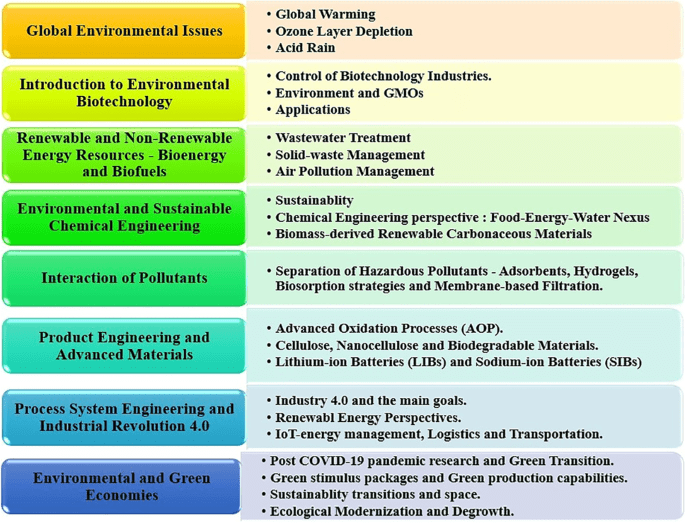This article discusses ten innovative and revolutionary green technologies that aim to create a sustainable world. The technologies range from solar and wind energy to carbon capture, geothermal energy, and hydrogen fuel cells. Smart grids, biofuels, energy storage, and sustainable agriculture are also discussed. All of these technologies work towards reducing greenhouse gas emissions, mitigating climate change and protecting the environment. As the world grows more conscious of its carbon footprint, adopting green technologies can help work towards a sustainable and green future.
10 Revolutionary Green Technologies for a Sustainable World
1. Solar Energy
Solar energy is a clean and renewable source of power that has been rapidly gaining popularity in recent years. With advancements in technology and decreasing costs, solar panels have become more accessible to households and commercial buildings. They allow the generation of electricity from a clean energy source, reducing dependency on fossil fuels and minimizing harmful greenhouse gas emissions.
2. Wind Energy
Wind energy is another clean and renewable energy source that has gained tremendous popularity in recent years. Many countries are investing in wind farms to harness the power of the wind to generate electricity, reducing dependence on fossil fuels and reducing greenhouse gas emissions. Wind turbines are increasing in size and efficiency, contributing significantly to the world’s electricity supply.
3. Electric Vehicles
Electric cars have gained significant popularity over recent years. These vehicles produce zero-emissions and can be powered by renewable energy sources such as solar and wind power. The use of electric cars reduces the dependence on petroleum and other fossil fuels, contributing to a cleaner environment.
4. Carbon Capture
Carbon capture is an emerging technology that involves capturing carbon dioxide (CO2) before it is released into the atmosphere. This technology aims at reducing the amount of CO2 emitted by power plants and other industries that use fossil fuels. It offers a way to mitigate greenhouse gases and reduce their impact on the environment.
5. Geothermal Energy
Geothermal energy is a technology that utilizes the earth’s heat to generate electricity. This clean technology exploits the heat produced by the earth’s core to produce electricity without greenhouse gas emissions. It is becoming more popular in countries with access to geothermal resources.
6. Hydrogen Fuel Cells
Hydrogen fuel cells are devices that generate electricity from hydrogen and oxygen. The only byproduct of this technology is water, making it a clean and renewable energy source. Hydrogen fuel cells can power everything from vehicles to commercial buildings and are becoming more popular as a green energy source.
7. Smart Grids
Smart grids enable the distribution of energy more efficiently, reducing energy waste and greenhouse gas emissions. They allow energy suppliers to communicate with households and businesses, helping to better manage energy use and reduce costs.
8. Biofuels
Biofuels are fuels produced from organic matter, including plants and animal waste. They are a renewable energy source that can be used to power cars and other forms of transportation. Biofuels have the potential to reduce the world’s dependence on petroleum and other fossil fuels.
9. Energy Storage
Energy storage technology allows for the storage of energy generated by renewable sources, such as solar and wind power. This technology allows energy to be stored during times of low demand and used during periods of high demand. Energy storage technology helps to stabilize the grid and facilitates the deployment of renewable energy sources.
10. Sustainable Agriculture
Sustainable agriculture is a farming practice that focuses on producing food while minimizing environmental impacts. Sustainable agriculture ensures soil integrity, minimizes waste, and uses fewer non-renewable resources such as water and energy. This practice is becoming increasingly important as the world’s population grows and the demand for food increases.
Conclusion
Green technology offers innovative solutions to the world’s most pressing problems. As the world shifts towards a more sustainable future, these technologies play an increasing role in mitigating the negative impacts of climate change. By embracing these green technologies, we can achieve a sustainable and green future for generations to come.
